Training a dog isn’t just about teaching commands or correcting behavior; it’s about forging a bond that lasts a lifetime. Imagine the joy of having a companion who understands your cues and responds with loyalty and love. While many people see dog training as a chore, it can be one of the most rewarding experiences, filled with laughter, challenges, and triumphs. Have you ever wondered how this process can transform your relationship with your furry friend?
The Foundation of Trust
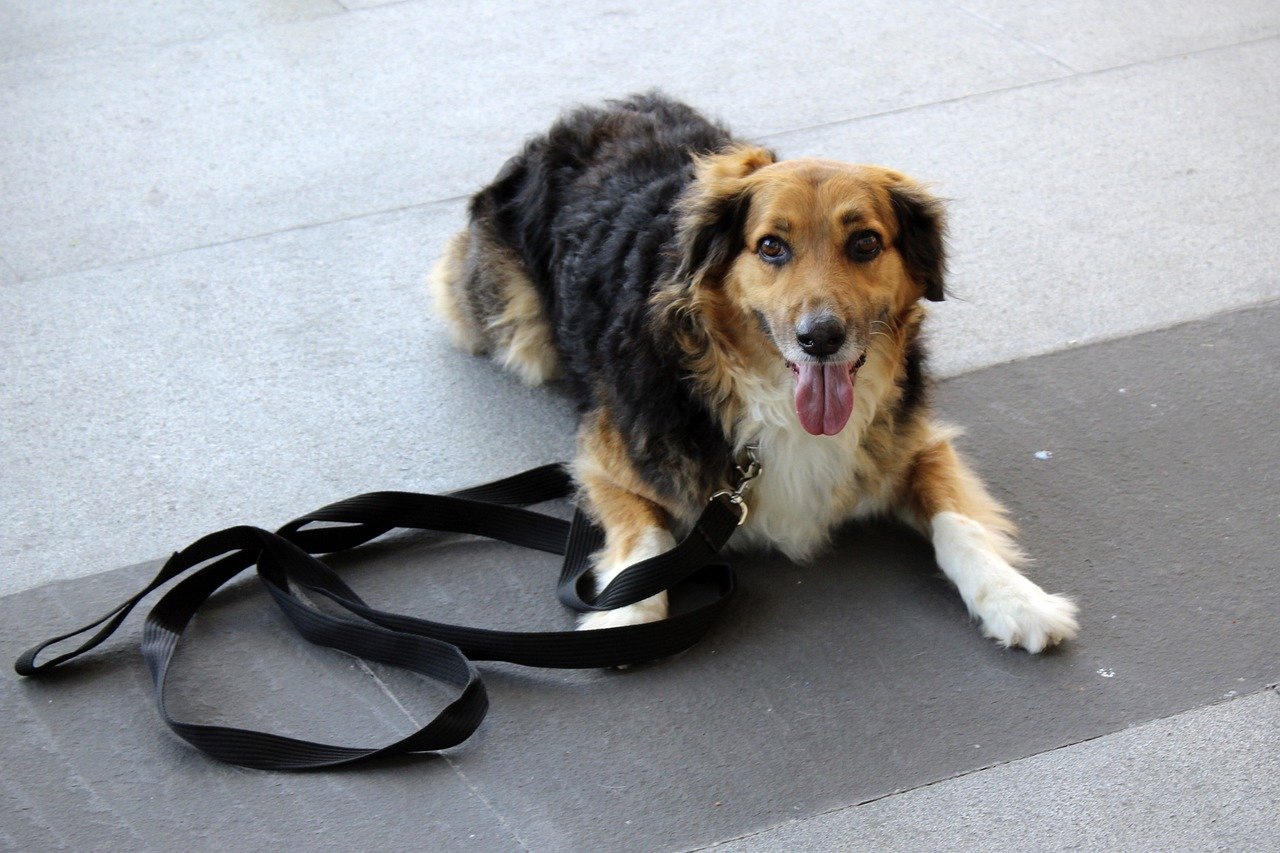
Training your dog is about so much more than teaching commands—it’s the foundation for a strong, trusting partnership that lasts a lifetime. Every “sit,” “stay,” and “come” is a moment of connection, helping you and your dog understand each other better. Through consistent training, you build communication, mutual respect, and a shared sense of purpose. Whether you’re raising a puppy or working with a rescue, the training journey strengthens your bond and turns your dog from a pet into a true partner.
Trust is the cornerstone of any meaningful relationship, and it’s no different with your dog. When you train your dog, you’re building a bridge of trust that allows both of you to understand each other better. Imagine being able to trust that your dog will come back when called or stay by your side in a crowded place. This trust is cultivated through consistent training, where your dog learns that you are reliable and caring. Trust also means that your dog feels safe with you, knowing that you have their best interests at heart. This mutual trust forms the bedrock of a partnership that can weather any storm.
Communication: The Language of Love
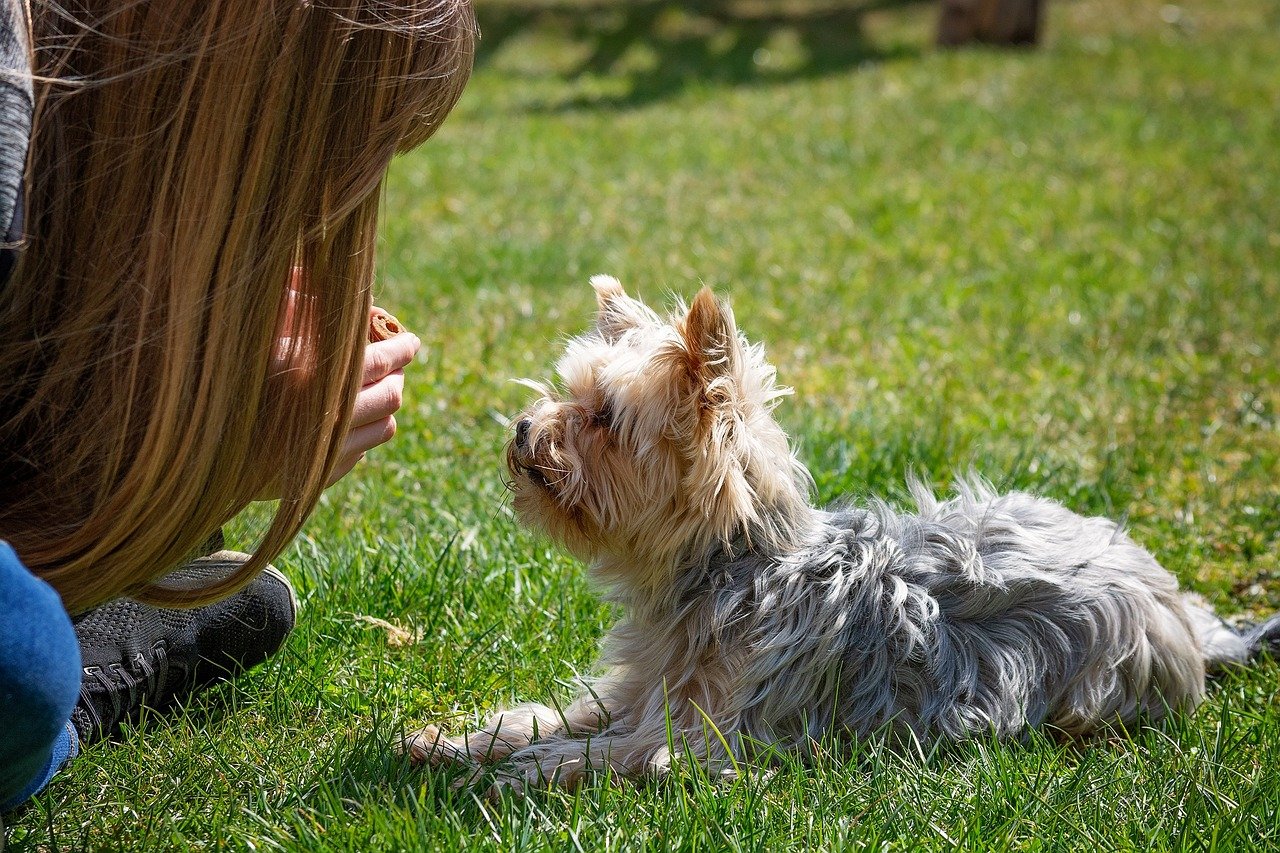
Training your dog is like learning a new language together. Dogs may not understand our words, but they are incredibly adept at picking up on tone, body language, and consistency. Through training, you both develop a unique way of communicating that transcends verbal commands. Picture this: a simple hand gesture or a soft whistle, and your dog knows exactly what you mean. This shared language strengthens your bond and makes everyday interactions smoother and more enjoyable. It’s a beautiful dance of understanding, where both partners are in sync, creating a harmonious relationship.
Building Confidence and Security

A well-trained dog is a confident dog. Training provides structure and boundaries, which in turn make your dog feel secure. Dogs thrive on routine and knowing what is expected of them. Imagine the confidence your dog gains when they know they can please you by following commands. This sense of accomplishment boosts their self-esteem and makes them happier and more relaxed. A confident dog is less likely to exhibit anxiety or aggression, leading to a more peaceful household. Training is not just about obedience; it’s about empowering your dog to be the best version of themselves.
Strengthening the Emotional Bond
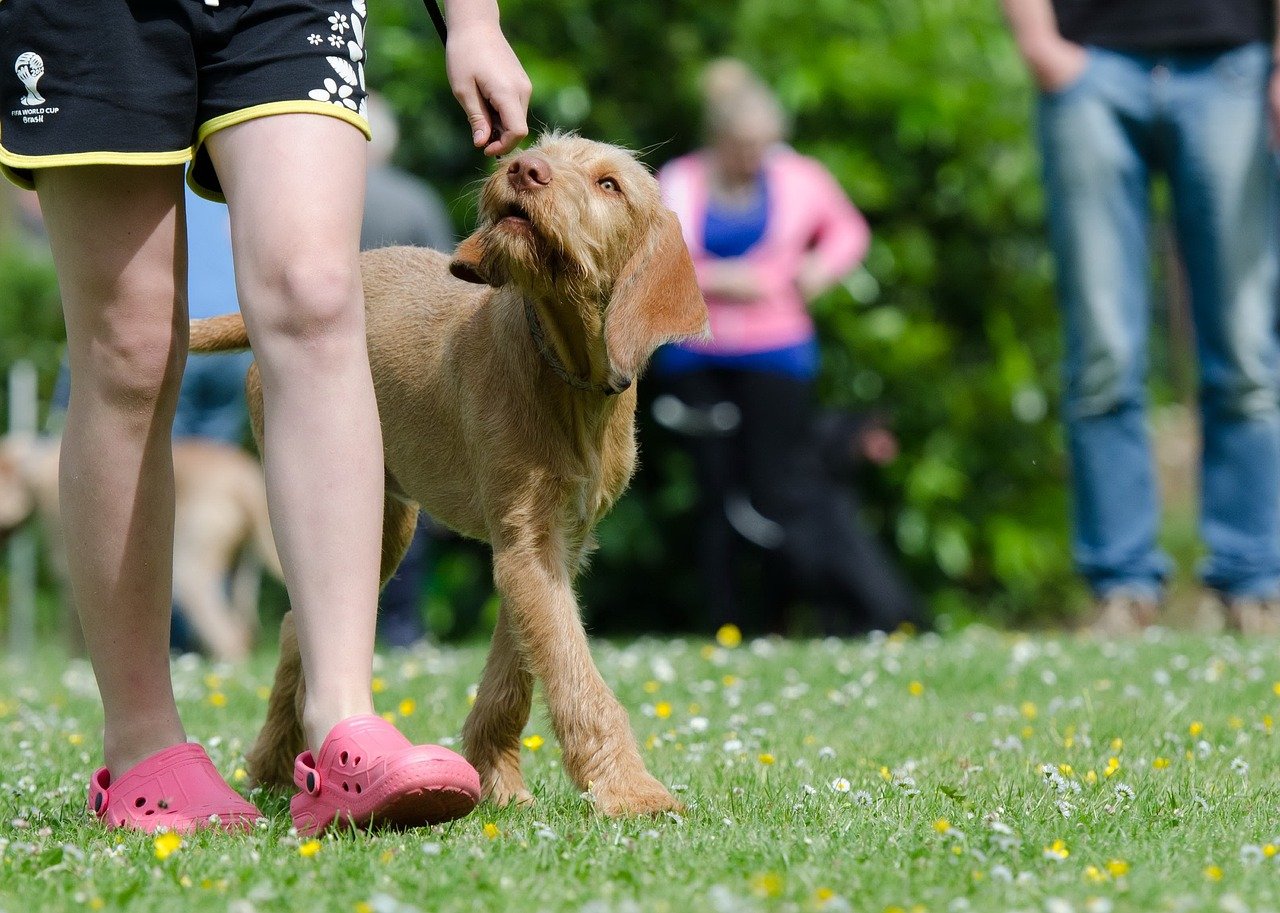
Training sessions are more than just lessons; they’re moments of connection. Spending time with your dog in a focused and intentional way strengthens the emotional bond between you. Consider the joy and pride you feel when your dog masters a new trick or follows a command flawlessly. These shared successes create a reservoir of positive emotions that deepen your connection. The emotional bond formed during training is like a glue that holds your relationship together, even during challenging times. It’s the heart-to-heart connection that makes your partnership truly special.
Understanding Your Dog’s Needs
Training is an opportunity to learn about your dog’s unique personality and needs. Every dog is different, and training allows you to discover what motivates and excites your furry friend. Some dogs respond well to treats, while others may be more driven by praise or play. Understanding these preferences helps you tailor your approach, making training more effective and enjoyable for both of you. It’s like getting to know a friend on a deeper level, where you learn what makes them tick and how to bring out their best. This understanding enriches your relationship and fosters mutual respect.
Creating a Safe Environment
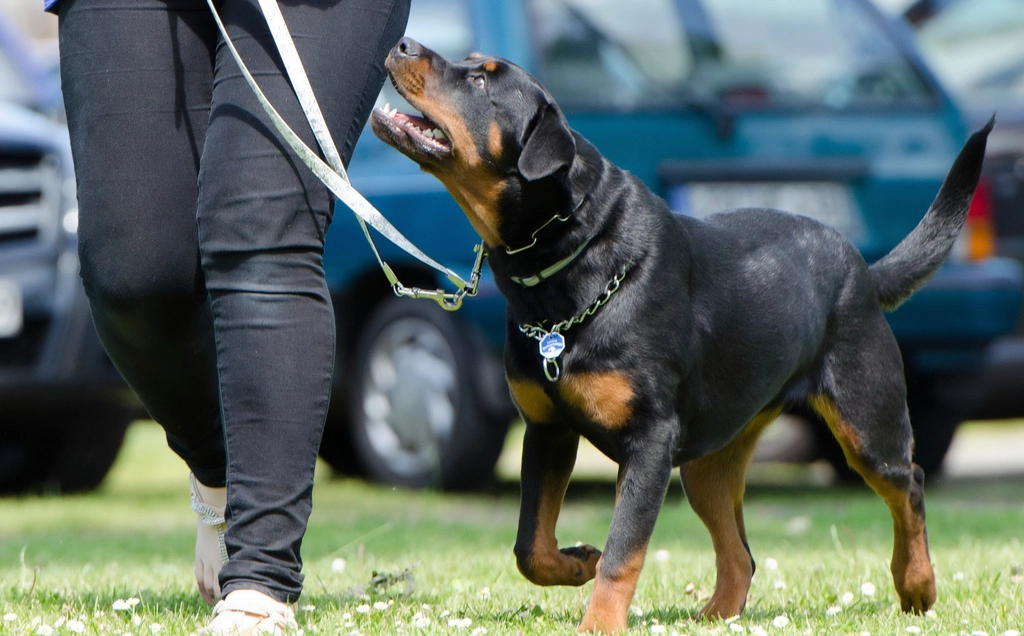
A well-trained dog contributes to a safer environment for everyone. When your dog knows basic commands like “sit,” “stay,” or “leave it,” it can prevent accidents and unwanted behavior. Imagine the peace of mind knowing your dog will stop at the curb instead of darting into the street. Training teaches your dog to navigate the world safely, reducing the risk of harm to themselves and others. This sense of safety extends to your home, where trained dogs are less likely to engage in destructive behavior. A safe environment is a foundation for a happy and harmonious life together.
Enhancing Social Skills
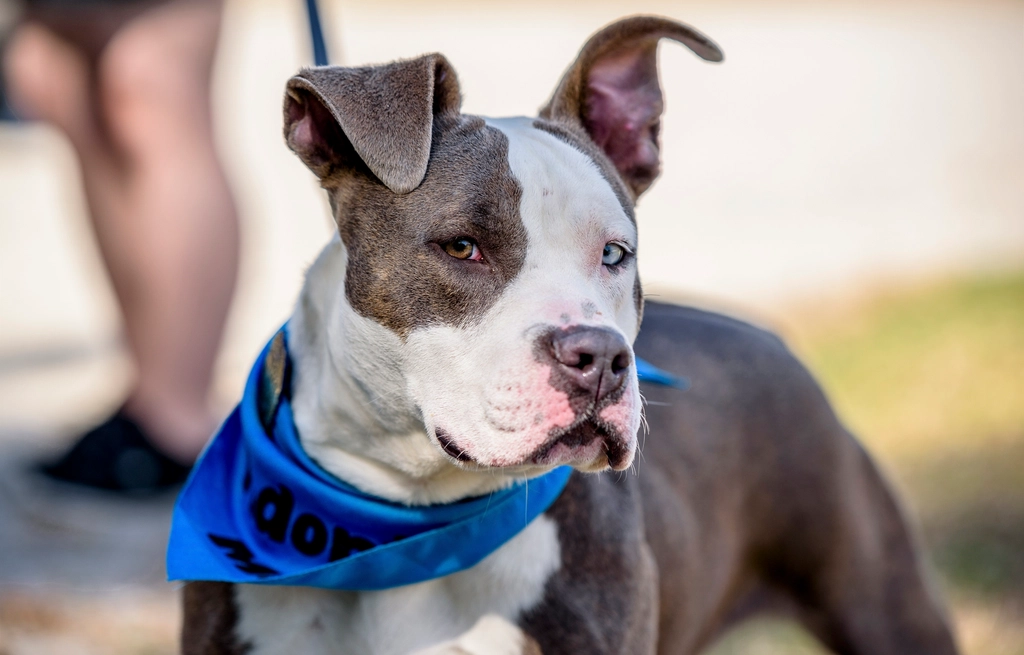
Training your dog improves their social skills, making them more comfortable and well-behaved around other dogs and people. Socialization is a critical aspect of training, as it exposes your dog to different environments, sounds, and situations. Picture your dog confidently mingling at a park or calmly walking past other dogs without barking. These social skills are honed through training, where your dog learns appropriate behavior in various contexts. A socially adept dog is not only a joy to be around but also a reflection of the effort you’ve put into their training.
Encouraging Mental Stimulation
Training exercises your dog’s mind, providing much-needed mental stimulation. Dogs are intelligent creatures that thrive on challenges and problem-solving. Training sessions engage their brains, preventing boredom and reducing the likelihood of behavioral issues. Imagine the satisfaction your dog feels when they solve a puzzle or learn a new command. Mental stimulation is as important as physical exercise, and training provides a healthy outlet for your dog’s energy and intelligence. A mentally stimulated dog is a happy dog, eager to learn and explore the world with you.
Fostering Lifelong Learning
Training is not a one-time event but a lifelong journey. Dogs, like humans, can continue to learn and grow throughout their lives. Ongoing training keeps your dog engaged and sharp, reinforcing the bond you share. Whether it’s learning new tricks or refining existing skills, training is a dynamic process that adapts to your dog’s changing needs. This commitment to lifelong learning ensures that your partnership remains vibrant and fulfilling. It’s a journey of growth and exploration, where both you and your dog continue to discover new facets of your relationship.
The Joy of Shared Achievements
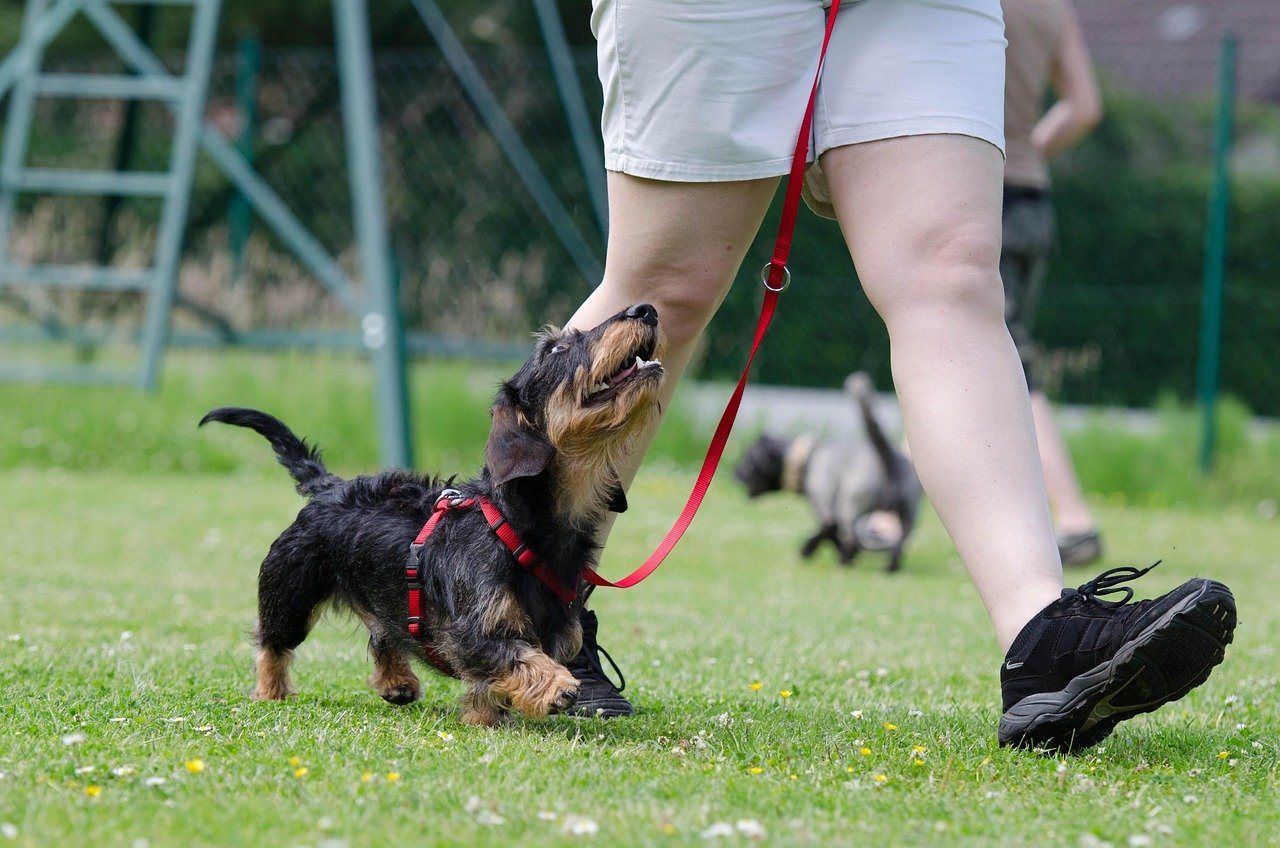
There’s a unique joy in achieving goals together with your dog. Training is a collaborative effort, where both of you work towards common objectives. The sense of accomplishment you feel when your dog masters a new command or overcomes a challenge is unparalleled. These shared achievements are milestones in your partnership, marking progress and deepening your bond. They serve as reminders of the effort, patience, and love that have gone into building your relationship. The joy of shared achievements is a testament to the strength and resilience of your lifelong partnership.

Esther is from India; the heartbeat of South Asia, holding a Master’s degree in Zoology and a postgraduate diploma in Animal Welfare. Her enthusiasm for animal welfare drives her passion and dedication to working for animals, ensuring their well-being, and advocating for their rights. With a solid academic background and hands-on experience, she is committed to making a positive impact in the field of animal welfare. In her free time, she enjoys embroidery and sewing. As a Chennaite from Tamil Nadu, Esther loves Bharathanatyam, an Indian classical dance form.





